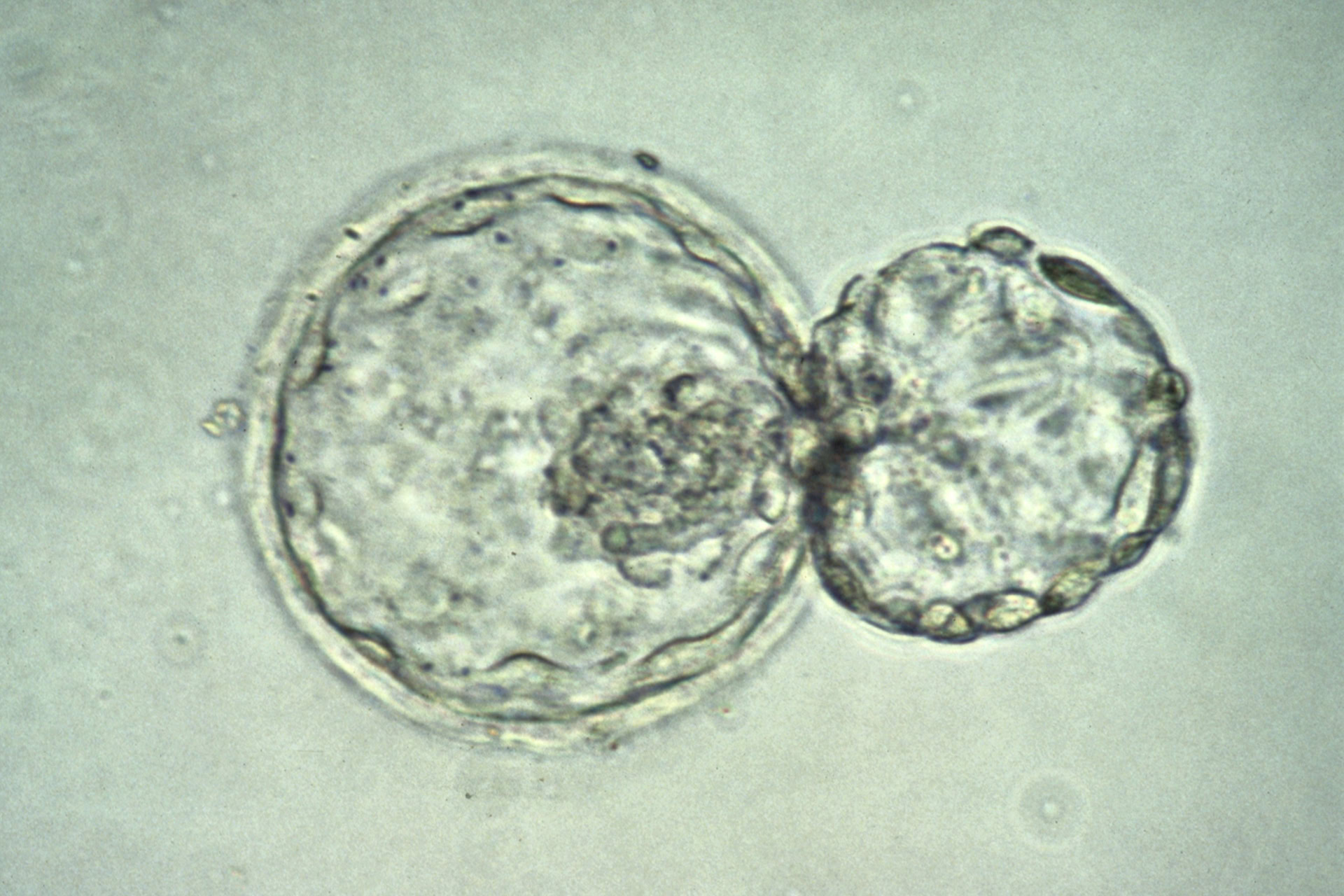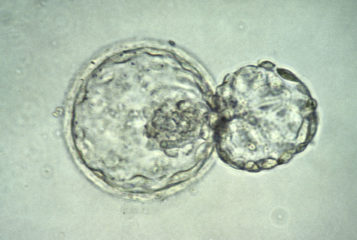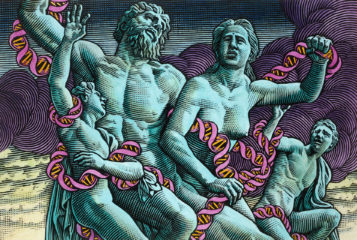Lab-made model embryos triggered pregnancy responses when placed in the uteruses of female monkeys.
Stem-cell-based embryo models are used in embryology research and facilitate the study of developmental stages where using embryos would present logistical or ethical challenges. Chinese researchers using macaque monkeys have transferred these structures into surrogate monkeys for the first time and observed parallels with natural embryo development including triggering pregnancy responses in the surrogate.
'This research has created an embryo-like system that can be induced and cultured indefinitely,' said Professor Qiang Sun from the Institute of Neuroscience, Chinese Academy of Sciences in Shanghai, co-corresponding author of the study published in Cell Stem Cell. 'It provides new tools and perspectives for the subsequent exploration of primate embryos and reproductive medical health'.
The embryo models were created using macaque embryonic stem cells which, when treated with a mixture of growth factors, formed into a self-organising structure of differentiating cells resembling a blastocyst, which the authors refer to as a 'blastoid'.
After eight or nine days, the blastoids had begun to resemble embryos of the same developmental stage, reaching gastrulation and forming yolk sacs. Some continued to develop in vitro for up to 17 days.
The researchers used genetic sequencing and fluorescent labels to analyse blastoid development at the molecular level. These tests revealed the expression of genes associated with the parallel developmental stage of natural embryos.
Similar structures have been generated before using stem cells from humans (see BioNews 1114) and mice (see BioNews 1126), but this study is the first time they have been transferred into surrogate primates.
Seven-day blastoids were transferred into the uteruses of eight female monkeys which were then monitored with ultrasound and hormone tests. Three became pregnant as a result, producing pregnancy-related hormones including progesterone. Ultrasound imaging showed the presence of gestation sacs for seven to ten days following implantation but, in all three cases, the stuctures disintegrated within 20 days.
The development of stem-cell-derived embryo models could provide an effective way to research genetic diseases and the causes of miscarriage without the constraints attached to using human embryos in research. The more closely blastoids mimic natural blastocysts, the more valuable they are in research, but the more ethical and regulatory issues they are likely to raise, especially when composed of human stem cells.
Professor Robin Lovell-Badge from the Francis Crick Institute, London and trustee of PET was not involved in the study. He said: 'It seems likely that the culture methods for these integrated stem cell-based embryo models will be improved, and who knows it may eventually be possible to have them implant and develop normally, but the failure of this to happen as reported in this paper will give regulators some breathing space to develop appropriate rules for the culture of such human models.'
The work, Professor Roger Sturmey of Hull York Medical School, who was also not involved in the study, said 'will offer important new tools in our understanding of the earliest stages of embryo development, but also highlight the need for guidance in this area, something that scientists in the UK are actively working on'.
Sources and References
-
Cynomolgus monkey embryo model captures gastrulation and early pregnancy
-
Stem-cell-derived 'embryos' implanted in monkeys
-
First mock monkey embryos may shine light on human pregnancy
-
Synthetic embryos have been implanted into monkey wombs
-
World first: Monkeys fall pregnant with engineered embryo structures
-
In a first, scientists say they created 'embryo-like' structures from monkey stem cells
-
Scientists create embryo-like structures from monkey cells






Leave a Reply
You must be logged in to post a comment.